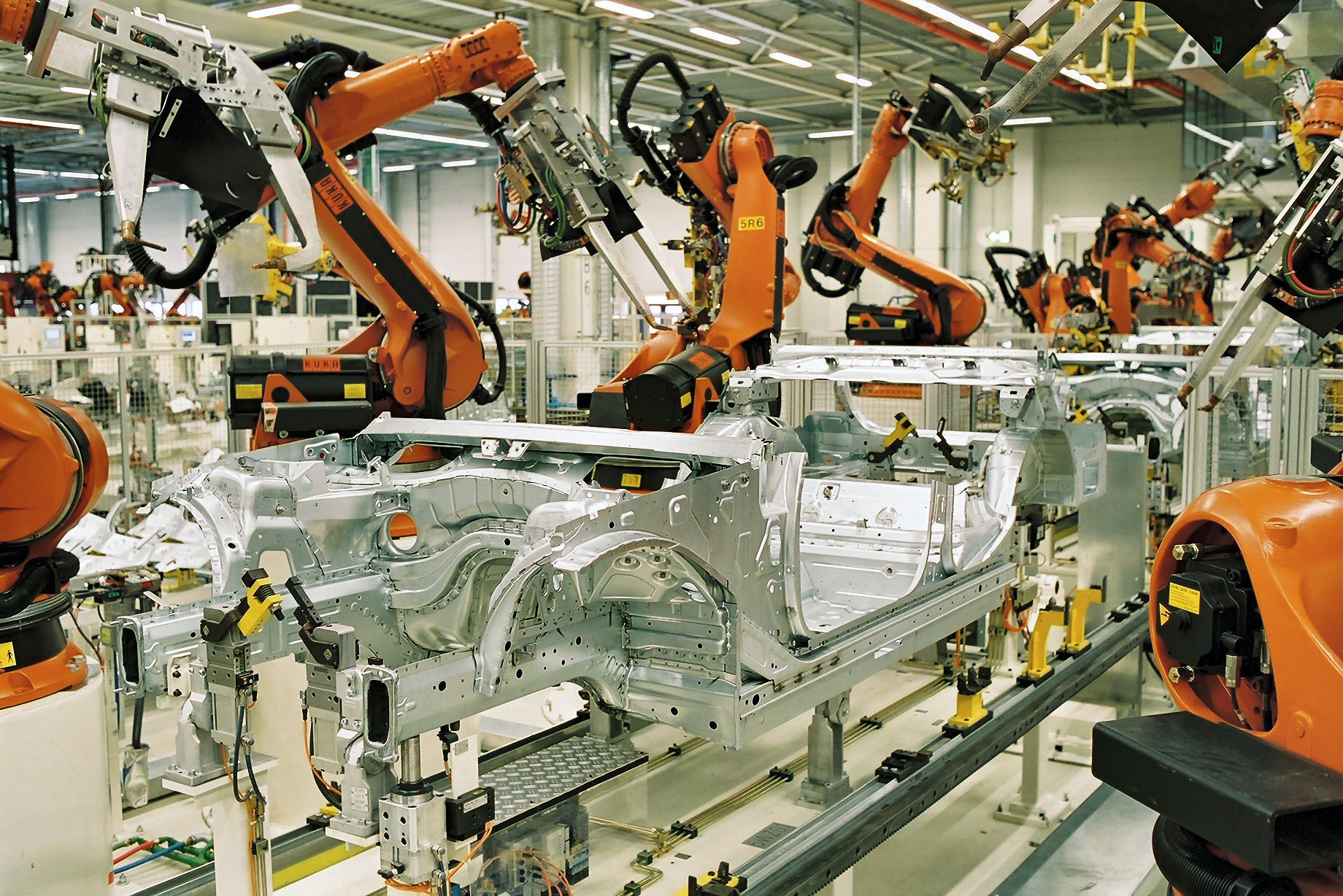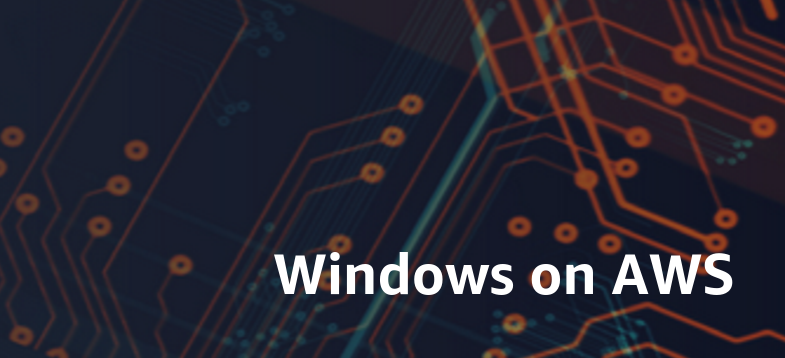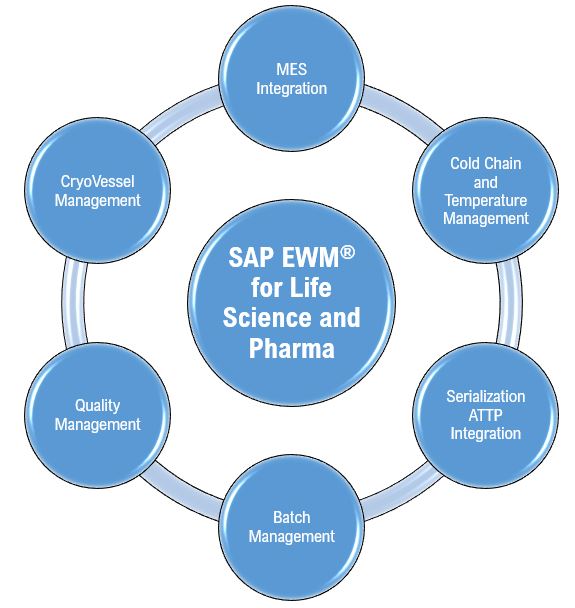The stakes in cybersecurity have never been higher. Organizations are constantly under siege from increasingly complex threats targeting their core assets—be it sensitive organizational data, intellectual property, or customer information. Traditional approaches of Security operations have fallen short to this requirement. The IT infrastructure is expanding, connected and agile. The large IT infrastructure also generates more data than before and needs a continuous improvement. This makes it easier for threat actors to find weak spots in the infrastructure and use to their gains. Hence, this unrelenting threat environment calls for a fundamental shift in how enterprises approach security. Enter the AI-First Security Operations Center (SOC)—a groundbreaking innovation that’s redefining what it means to protect businesses in the digital era.
By integrating artificial intelligence (AI) and machine learning (ML) with traditional SOC functions, an AI-First SOC not only enhances threat detection but shifts the paradigm from being reactive to proactive. This blog explores what an AI-First SOC entails, its benefits, and why organizations should consider investing in this transformation.
What is an AI-First SOC?
At its core, an AI-First SOC is a next-generation model for cybersecurity that leverages AI, ML, and automation to fundamentally transform how security operations are executed. Unlike traditional SOCs, which often rely heavily on data stored in silos for analysis and continuous human intervention to analyze threats and coordinate responses, an AI-First SOC enables faster, more accurate decision-making with minimal manual effort.
The key difference lies in its approach to managing threats. Instead of focusing on incident response after a potential breach, an AI-First SOC is designed to proactively hunt for risks, identify anomalies, and stop threats before they materialize into full-blown security incidents. It also can analyze large amounts of data using the cloud infrastructure to get better outcomes.
Core Functions of an AI-First SOC
- Automation-First Approach
AI Cybersecurity tools, such as Palo Alto Networks’ Cortex XSIAM, automate repetitive yet critical tasks like incident triage, threat analysis, and response protocols. This reduces workload for security analysts, enabling them to focus on high-priority and complex situations. - Intelligent Threat Detection
Machine learning algorithms analyze cybersecurity telemetry to detect anomalies in real-time—whether it’s unusually high data transfer rates or suspicious login behaviors across the globe. Telemetry from various sources that’s connected at ingestion layer allows better analyst of data compared to an approach where data is residing on disparate systems. - Centralized Analytics
By consolidating data from multiple sources into a single data lake, an AI-First SOC provides a unified view of the organization’s security posture. AI algorithms analyze this data to identify correlations and predict potential security concerns. - Continuous Learning and Adaptation
The more data the algorithms process, the smarter they become. This ability to learn and adapt in real-time ensures that the SOC is always evolving to respond to emerging threats. Algorithms can not only detect better they can also recommend actions by looking into documentation and historic actions. - Integrated Security Platforms
Instead of relying on disparate systems like SIEM (Security Information and Event Management), SOAR (Security Orchestration, Automation, and Response), and XDR (Extended Detection and Response),Threat Intelligence, Cloud detection and response, vulnerability management etc. an AI-First SOC integrates these functions into a unified system, enhancing efficiency and visibility.
Benefits of Adopting an AI-First SOC
The adoption of AI-First SOCs has the potential to redefine cybersecurity. Here’s how:
- Ultra-Fast Threat Detection
AI-first systems process vast amounts of security data in seconds, identifying suspicious activity faster than traditional approaches. For instance, machine learning algorithms in tools like Cortex XSIAM detect compromised accounts or intrusion attempts before they can wreak havoc. - Reduced Error Rates
AI reduces the likelihood of human errors—one of the most common causes of cybersecurity incidents—by automating repetitive and meticulous processes. - Enhanced Operational Efficiency
By automating low-skill tasks such as log reviews and initial alert assessments, analysts can dedicate their focus to high-level tasks like creating long-term security strategies. - Proactive Risk Mitigation
Traditional SOCs are often described as reactionary. AI-First SOCs, however, are proactive setups that don’t just stop attacks—they help predict them, strengthening the organization’s defense posture well in advance. - Eliminating Information Silos
AI eliminates inefficiencies created by isolated systems. For example, instead of manually correlating data from separate tools, analysts receive insights in a consolidated dashboard, which speeds up decision-making. - Scalability and Adaptability
AI-First SOCs scale effortlessly with an organization’s evolving needs. They adapt to new threats and keep pace with fast-changing regulatory compliance requirements. - Minimized Costs and Maximized ROI
While the initial investment in AI-based tools may be significant, the long-term savings derived from reduced incident recovery time, fewer breaches, and improved productivity far outweigh the costs.
Factors to Consider Before Investing in an AI-First SOC
Shifting from a traditional SOC to an AI-First SOC is a strategic decision that requires careful thought. Here are some key considerations for organizations looking to make the leap:
- Data Quality and Quantity
High-quality data is the foundation of effective AI models. Poor data input could lead to false positives or missed threats. AI Driven platforms are better for organizations that generate more data. - Integration with Existing Systems
Ensure the AI solution can integrate seamlessly with legacy systems or current security infrastructure. - Vendor Reputation and Reliability
Partner with established, trusted providers like Palo Alto Cortex XSIAM, whose cutting-edge technology has been proven to enhance SOC capabilities. - Skilled Workforce
AI tools still require a skilled human workforce to interpret outputs, make strategic decisions, and fine-tune the systems. - Security and Privacy Concerns
Sensitive organizational data will flow through AI systems. Choose vendors with robust data encryption and privacy measures. - Regulatory Compliance
Confirm that the chosen solutions comply with industry and regional regulations governing data handling and cybersecurity practices.
Cortex XSIAM as a Game-Changer
Palo Alto Networks’ Cortex XSIAM exemplifies the AI-First SOC, bringing together automation, machine learning, and actionable security insights. With its ability to consolidate siloed tools into a unified platform, XSIAM empowers organizations to adapt to the complexity of modern cyber threats.
From automating mundane tasks to simulating real-world attack scenarios, Cortex XSIAM accelerates the learning curve for security analysts while strengthening enterprise defenses.
The Future of Cybersecurity is AI-First
The evolution of SOCs isn’t just a tech-centric upgrade; it’s a fundamental shift in how organizations approach threats. AI-First SOCs represent a new era in which automation, intelligence, and human expertise combine to create resilient and agile cybersecurity systems.
For businesses, adopting an AI-First SOC is not just about keeping up with trends—it’s about safeguarding the future. Leaders who invest thoughtfully in this transformation will not only improve their organization’s security posture but also gain a competitive edge in the digital economy.
Author Details
Prassanna Rao Rajgopal, Industry Principal, Infosys
Prassanna has 20+ years of IT experience specializing in cybersecurity. As the North America offering leader for Infosys’ strategic partnership with Palo Alto Networks, he manages joint go-to-market cybersecurity offerings. He has managed security portfolios for Fortune 500 clients, program-managed critical engagements, and led global 24/7 security operations and risk management teams. Prassanna has developed cybersecurity roadmaps with CISOs and collaborated on building a Cybersecurity Operations Center. His experience also includes transformation, outsourcing, and service delivery within cybersecurity
Prashant Mishra, Director, Solutions Consultant, Palo Alto Networks
Prashant Mishra is Director, Solutions Consultant at Palo Alto Network. He has over 22 years of experience in Cyber Security product consulting across multiple domains. His areas of expertise include SOC, SIEM, Threat intelligence, GRC, IAM etc. He also has multiple industry certifications like CISSP, CISM etc.









